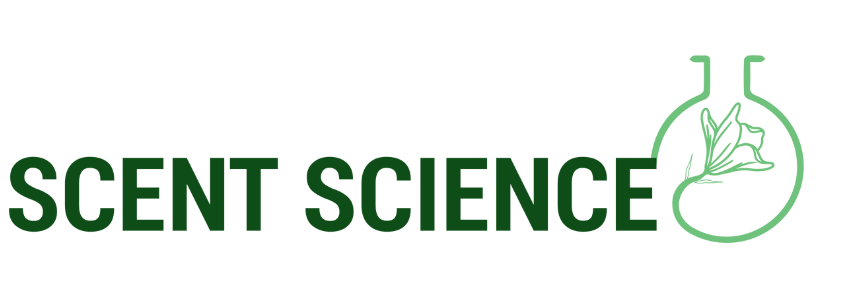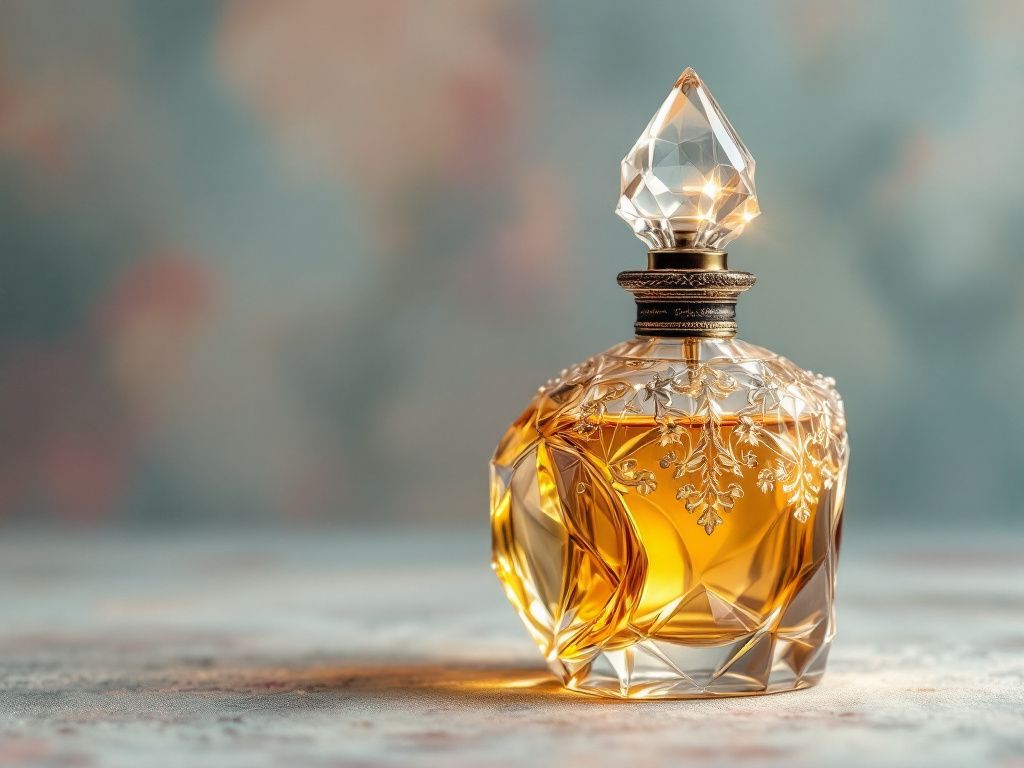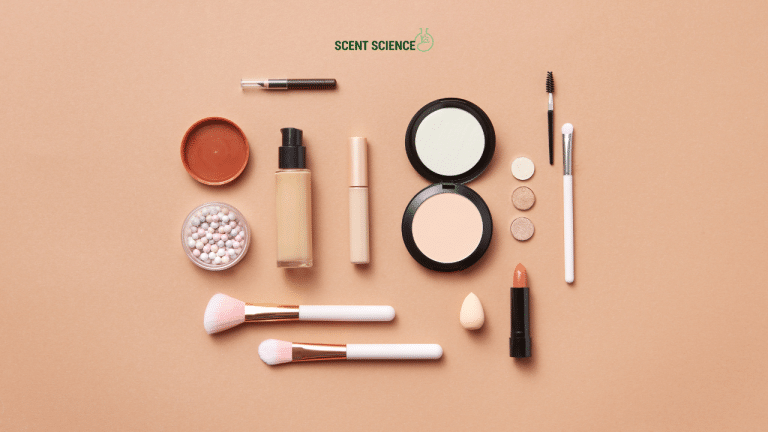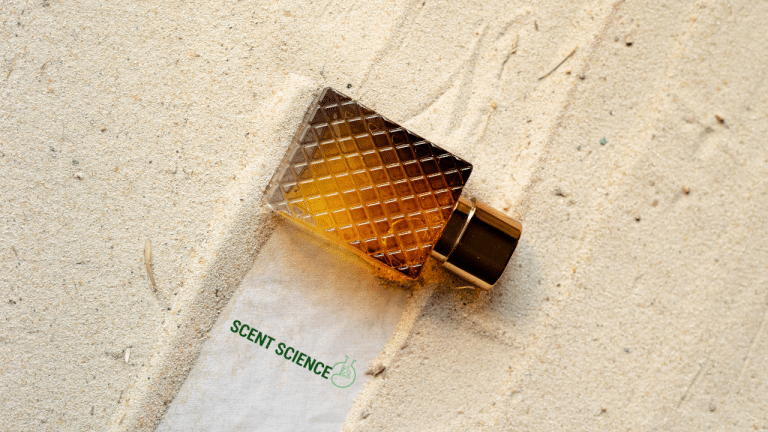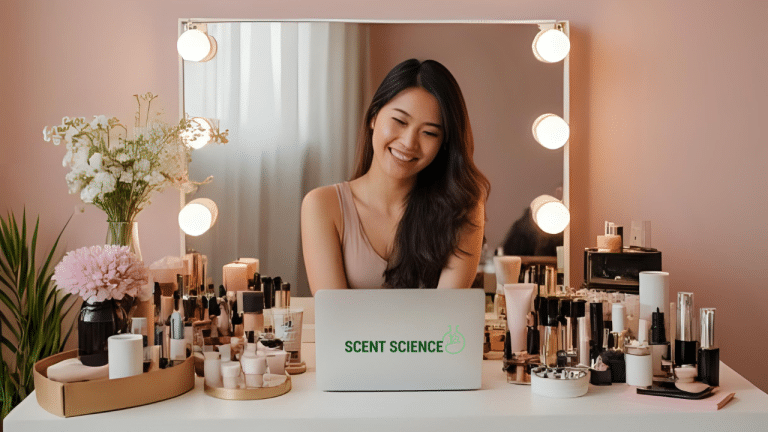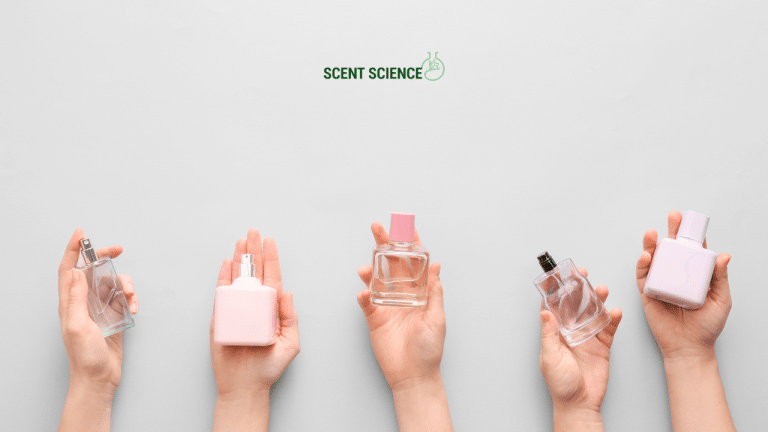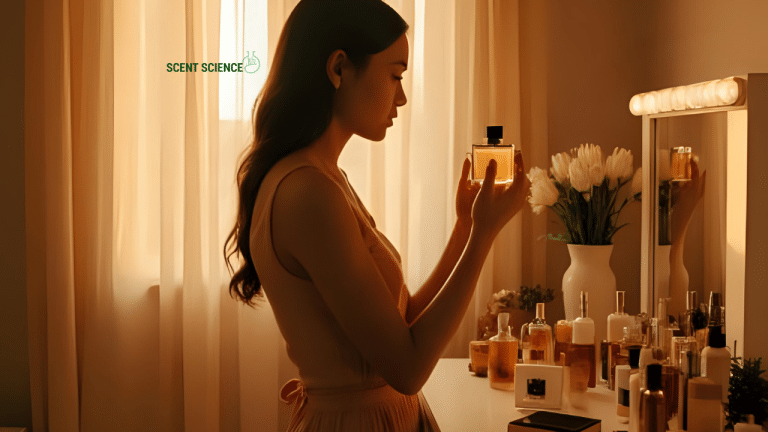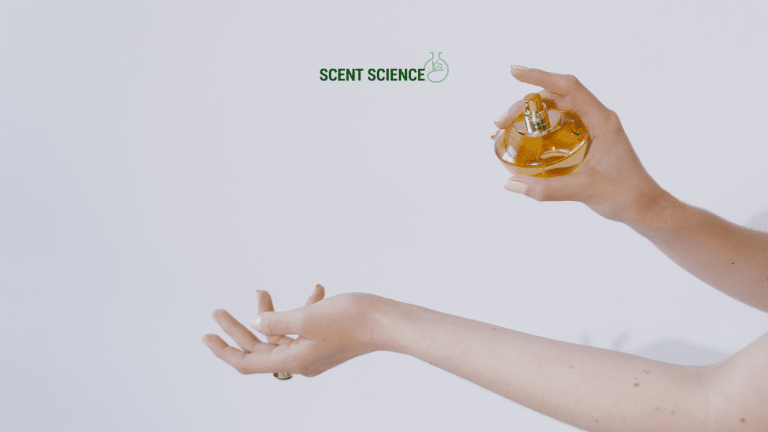The delicate and beguiling world of perfumes is an exquisite confluence of art and science. By dissecting the perfume layers, commonly known as perfume notes, we fully appreciate the complexity these fragrances carry. Understanding these layers isn’t merely an indulgence of the senses but also a study in precision chemistry, allowing us to create, choose, and apply perfumes with informed confidence.
Table of Contents
ToggleThe Alchemy of Fragrance: Understanding Perfume Notes 🎨
At the heart of every captivating fragrance lies the revered **fragrance pyramid**, a model used to describe the structure of notes. Perfume notes are meticulously crafted elements that define how a scent transitions over time. Each perfume is born as a classified olfactory composition, often categorized into three stages: top, middle, and base notes.
- Top Notes: These are the sparkling aromatics you experience immediately upon application. Light and volatile, they are designed to create an intriguing first impression but disperse quickly. Common top notes include citruses like bergamot, light fruits like berries, and herbs such as peppermint.
- Middle Notes (also known as heart notes): As the top notes fade, the middle notes waft into prominence, forming the core and character of the fragrance. Usually consisting of full-bodied spices or florals like lavender, rose or jasmine, these notes create a bridge between the lighter top notes and the base’s richness.
- Base Notes: These form the foundation of the fragrance and become more pronounced as it settles. The base notes provide depth, stability, and a lasting effect, often lingering for hours. Ingredients like vanilla, amber, and sandalwood often populate this layer, creating a warm, enduring presence.
These three layers unfold through distinct stages, akin to a musical composition shifting movement, enhancing aromatic complexity and enduring appeal.
The Science Behind the Scent: How Perfume Layers Work 🔬

To grasp the intricate dynamics of perfume layers, it’s crucial to understand some fundamental principles of volatile compounds and their interactions within the olfactory system:
- Volatility and Evaporation Rates: The difference between top, middle, and base notes boils down to molecular weights and evaporation rates.
- Top notes, being lighter and more volatile, evaporate the fastest.
- Middle notes have moderately volatile molecules.
- Base notes consist of heavier molecules, thus taking the longest to evaporate.
- Olfactory Perception: As fragrance molecules evaporate from the skin, they interact with olfactory receptors in the nose. Each phase of perfume unveils a new set of volatile molecules:
- Top Notes: Quick to evaporate, achieving initial olfactory reception.
- Middle Notes: Settle to form longer-lasting impressions.
- Base Notes: Offer the deeply potent scents recognized in the latter part of perfume wear.
- Chemical Interactions: Ingredients within each layer influence each other through chemical interactions. Some ingredients may enhance others’ longevity and intensity.
A study in the **Journal of Cosmetic Science**, in 2018, underscored how molecular bonding in mixed volatile compounds affected olfactory perception, thereby reinforcing the role of harmonious chemical formulation in fragrance design.
Crafting the Perfume Pyramid: A Structured Breakdown 📊
The art of composing a fragrance involves scientific alignment alongside creativity. The role of **perfumers**, artisans of olfactory splendor, is to delicately balance these notes within the fragrance pyramid to achieve the desired scent profile.
1. Formulation Strategy
When perfumers create a fragrance, a strategic approach rooted in both chemistry and artistry is pivotal:
- Selection of Raw Materials: Designing a perfume begins with selecting appropriate raw materials for each layer. The choice drives the fragrance pyramid, dictating the perceived scent evolution.
- Proportion and Concentration: The effective balance among top, middle, and base notes requires careful adjustments in concentration to achieve harmony.
2. Professional Analysis and Calibration

Equipped with gas chromatography and mass spectrometry, perfumers dive deep into:
- Chemical Analysis: Identifying volatile components and their derivatives.
- Predictive Modeling: Use chromatography results for predictive modeling — aiding in determining how compounds interact — translates to how they perform on skin over time.
Case Study Insight: Givaudan, a global fragrance company, employs these analytical techniques to ensure consistency and innovation in fragrance development.
3. Practical Tips for Selection and Application 💡
To profound an appreciation and practical application, consider the following expert recommendations:
- Sampling Strategy: Always test scents on your skin — different clay mineral compositions in human skin affect the way notes project.
- Environmental Considerations: Temperature and humidity can alter evaporation rates — opt for richer fragrances during cooler months.
- Pulse Points Application: Apply perfumes on the neck, wrists, and elbow creases where the heat helps to diffuse the fragrance effectively.
Standards and Best Practices in Industry
The perfume industry leverages several standardized regulations, affirming product safety and quality without hampering creative expression:
- IFRA Standards: International Fragrance Association offers extensive guidelines to develop safe fragrance products.
- ISO Regulation (ISO 4720): It outlines classifications of raw materials that are plant-based, enforcing labeling norms and guaranteeing authenticity for safe applications.
The latest IFRA 50th amendment indicates introducing mandarin extracts for top notes without allergic repercussions, fostering ingredient innovation within regulatory frameworks.

Real-World Scenarios and Professional Insights 🕵️
Scenario 1: Enhanced Perfume Diffusion Systems
Incorporating modern technical innovation, companies like Dior have utilized microencapsulation to delay the evaporation rate of top notes. This ingenious tweak allows a burst of citrus or floral to linger beyond typical expectations, achieving prolonged freshness.
Scenario 2: Data-Driven Perfume Design
L’Oréal’s recent endeavor into AI and machine learning has brought forth a unique tool: an AI that predicts the longevity and appeal of fragrances based on extensive consumer data. These technological advances signify a breakthrough aligning consumer preferences with scientific methodologies for optimizing the olfactory experience.
Conclusion: The Lasting Impression
Embedded in the nuances of the fragrance pyramid, each layer informs the investor of qualities intrinsic to memory and identity. Understanding the science and careful artistry that constructs these layers empowers both creators and consumers to select scents that resonate personally and culturally. With advances in analytical chemistry and AI-enhanced product designs, the perfume industry continues to expand the horizons of olfactory science and expression. Our journey through perfume notes not only deepens sensory pleasure but also bridges nature, science, and art into a harmonious tapestry—a melody orchestrated one note at a time.
—
By providing a comprehensive understanding of perfume layers, this guide serves as a trusted reference within the technical domain of fragrance creation and application, epitomizing both tradition in practice and innovation in theory.
Frequently Asked Questions
What are the benefits of using a hair mask in my hair care routine?
Using a hair mask can provide several benefits, including hydration, smoothing, strengthening, curl definition, heat protection, and damage repair. Hair masks infuse the hair with moisture, help coat the hair shaft to seal split ends, reduce breakage, and protect the hair from heat styling and environmental damage[1][4].
What ingredients should I look for in a hair mask?
Effective hair masks often include ingredients such as coconut oil, argan oil, shea butter, honey, avocado oil, green tea, and coconut water. These ingredients provide nourishment, moisturize, and protect the hair, offering benefits like softening, moisturizing, and protecting against damage[2][5].
How often should I use a hair mask in my routine?
You should use a hair mask whenever your hair feels dry, unmanageable, or in need of intense hydration. This can vary depending on your hair type and needs, but generally, using a hair mask once or twice a week can help maintain healthy and moisturized hair[1][4].
How do I apply a hair mask for the best results?
To apply a hair mask effectively, shampoo your hair first, then apply the mask, focusing especially on the ends where hair tends to be the most damaged. Leave the mask on for anywhere from 10 minutes to overnight, depending on the type of mask and your hair’s needs[1][4].
References
